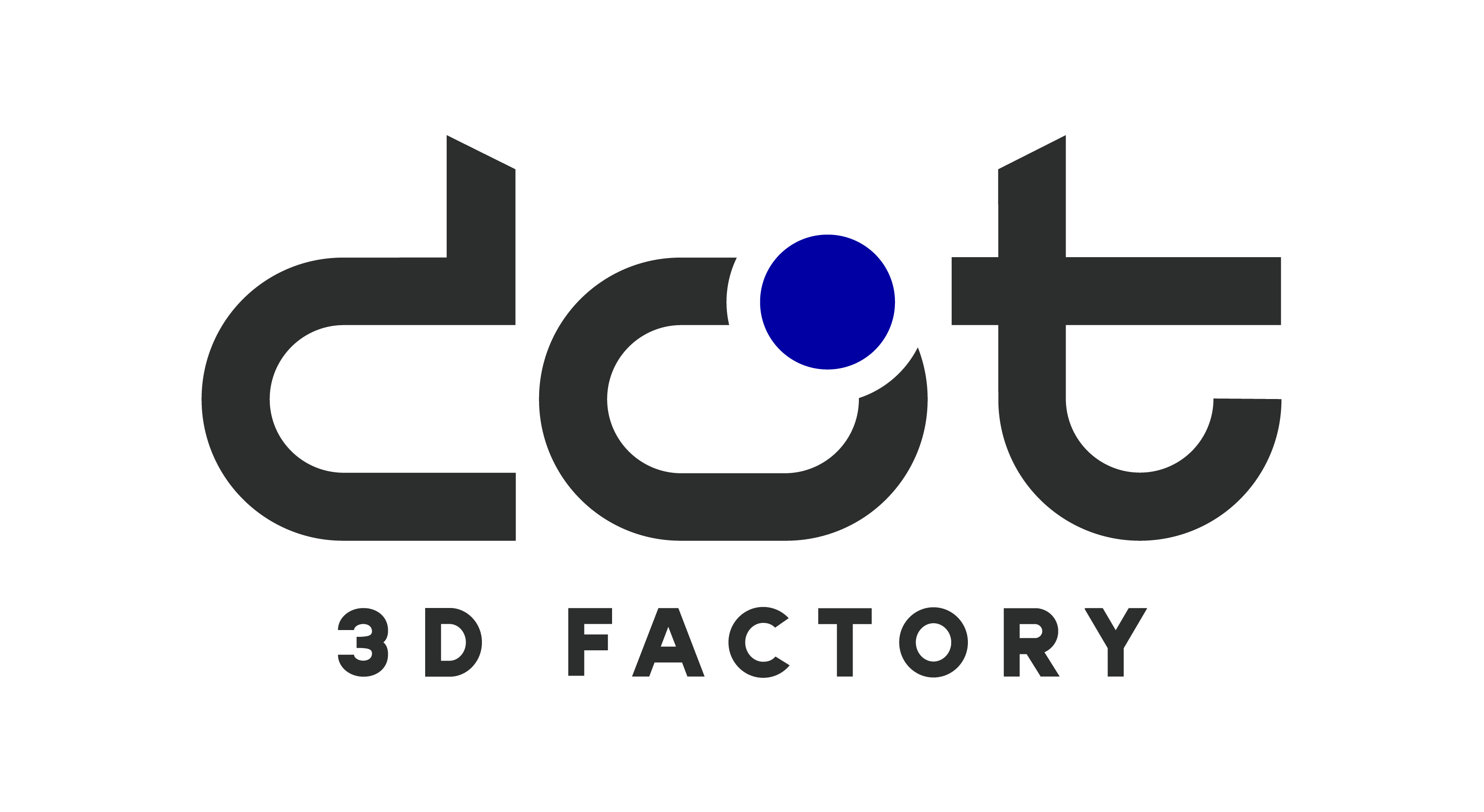FDM Materials Comparison
Pros / Cons / Temp
Common Materials
Easy to print, wide variety of colors and styles, “biodegradable”. Doesn’t emit odor during printing (unlike ABS).
Brittle, lackluster mechanical properties. Deform around 60 °C or higher.
180-220 °C Nozzle
20-60 °C Bed
High strength, high durability, resistance to high temperatures.
Warps easily, hazardous fumes, requires a high-temperature print nozzle.
210-250 °C Nozzle
90-110 °C Bed
Good middle ground between ABS and PLA. It’s more flexible and durable than PLA and easier to print than ABS.
Susceptible to moisture, surface scratches easily.
220-250 °C Nozzle
50-80 °C Bed
TPE: Extremely flexible, perfect for parts that bend or compress.
TPU: Slightly more rigid than TPE - making it easier to print, can better retain its elasticity in the cold.
TPC: Higher resistance to chemical and UV exposure, as well heat (up to 150 °C) than TPE.
Difficult to print, requires tight filament path and slow print speed.
210-230 °C Nozzle
30-60 °C Bed
High strength, high flexibility, high durability. You can dye it.
Susceptible to moisture, typically expensive, requires high nozzle and print bed temperature.
240-290 °C Nozzle
55-65 °C Bed
Extremely strong, resistant to heat (up to 110 °C) and physical impact. Moderately flexible (not as much as nylon). Transparent.
Susceptible to moisture, requires very high print temperature
Pros / Cons
Professional Materials
Extremely resistant to chemical exposure and heat (Does not denature or yellow outdoors like ABS), warps less during printing.
Can easily delaminate (crack at the layers) if print cooling is too strong.
Tough, flexible, light, chemically resistant, and food-safe
Heavy warpage and lackluster layer adhesion.
Soluble in water, great as support material.
Moisture in the atmosphere can damage the filament before printing.
Dissolvable by limonene, great as support material. Stronger than PLA and ABS, warps less than ABS, and can easily be glued, sanded, and painted.
Only compatible with ABS as support material.
Rigid, transparent, and resistant to impact.
Susceptible to warping, not flexible, requires high print temperature.
Good strength, rigidity, resistance to wear, chemicals and heat, and most importantly, good low coefficient of friction.
Difficulty with first layer adhesion, requires high print bed temperature.
